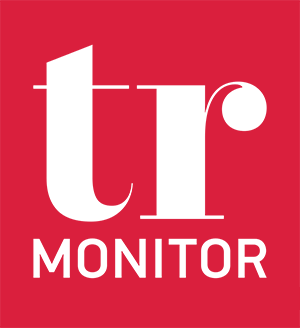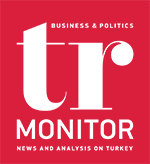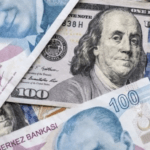BY FATIH OZATAY
Mistakes in forecasting have increased recently. For instance, look at the International Monetary Fund’s (IMF) forecasts. Inflation is forecasted to hover around 2% in developed countries in 2022, according to the World Economic Outlook (WEO) report published in January 2021. A similar estimation was included in the April 2021 WEO report. This forecast rose to 6% in April 2022 and 7.5% in October 2022. There is a 5.5-point forecasting mistake. This difference may not be important for the vast majority of people living in countries where inflation is high, such as Turkey. But the last forecast is 3.75-fold higher than the first estimation.
Specialists focus on a few factors as the reason for this. First, economies grew at a high rate around the world in 2021. Second, problems in the supply chain increased due to lockdown measures, especially in China, against a new version of COVID -19 and the Russia-Ukraine war. Third, the labor force markets are robust, with a high number of vacant jobs. Fourth, a high-demand environment is considered an opportunity to increase profit margins.
Those who design and implement economic policies are simultaneously raising policy rates in many countries so that high inflation doesn’t deteriorate inflation expectations and inflation declines. Many countries are also tightening their monetary policies, which were eased to reduce the adverse impact of the pandemic. The IMF estimates inflation to decline by 3.1 points to 4.4% in developed countries in 2023. However, inflation can’t decline at once. If problems in the supply chain continue, this forecast will likely be optimistic.
The Central Bank’s (CB) forecasts have similar mistakes to the IMF in terms of direction: Realization is always higher than forecasts. However, there is no similarity in terms of difference; we hold the record forecast mistake. Inflation is estimated at 9.4% and 7% for 2021 and 2022, respectively in the CB’s Inflation report published towards the end of January 2021. These forecasts were revised at 12.2% and 7.5% in the report published in April 2021. However, inflation hit 36.1% at the end of 2021. It was estimated at 23.2% for the end of 2022 in the report published in January 2022. Inflation will hit 70% at the end of 2022 if there is no FX rate shock. This forecasting mistake is too high.
Almost all countries are tightening their fiscal and monetary policies as we ease oursy. The monetary policy is complicated: the policy rate is too low, therefore there is an over-eased monetary policy. However, there are many macroprudential implementations and therefore there is simultaneously tight monetary policy. The net result is the deterioration of balance sheets and the punishment of savers. In short, we are bucking the global trend at the cost of deteriorating balance sheets.









